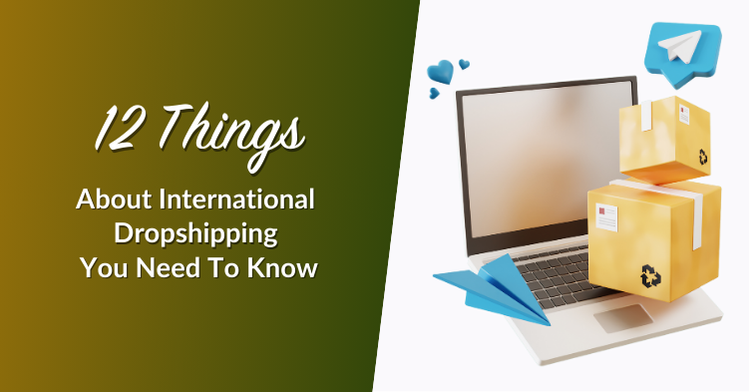
If you’re a drop shipper looking to expand your business internationally, you need to know some crucial things about international dropshipping.
In this article, we’ll discuss 12 important things that international dropshippers need to know to expand their business globally. So, whether you’re just starting or want to improve your dropshipping business, read on to learn how to make your international dropshipping business a success!
Why You Need To Consider International Dropshipping
With the Internet and technological advancements, doing business across the world has become easier and faster than before. Now, you can do business anywhere in the world. You can manufacture products in China and ship the products to the Caribbean, and do it in the comfort of your home or office.
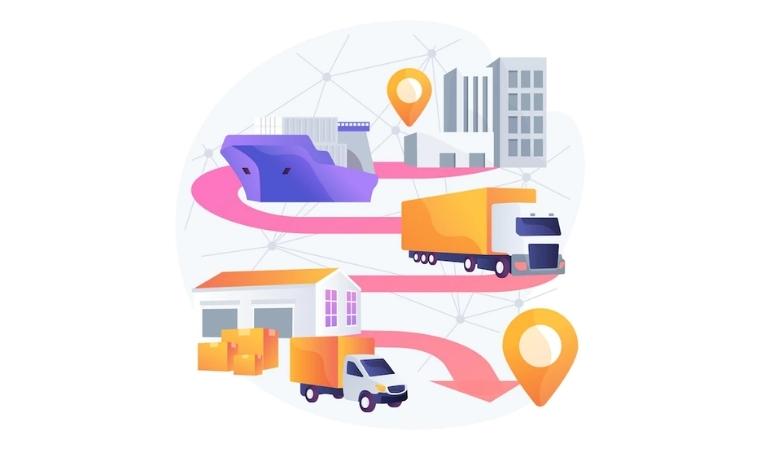
One of the most significant benefits of international dropshipping is the ability to offer a more extensive selection of products to your customers. You can source unique products and tap into new supplier networks, giving you a competitive advantage over others in the market.
Additionally, expanding your business globally can help mitigate the risks of economic downturns in your primary market and provide new opportunities for growth.
Of course, international dropshipping has some challenges, such as dealing with customs regulations and managing currency exchange rates.
However, with proper planning and research, these challenges can be overcome, making international dropshipping a worthwhile consideration for any dropshipper looking to expand their business.
12 Things You Need To Know About International Dropshipping
1. Considerations for shipping carriers
You must partner with a shipping carrier who will meet your specific shipping requirements. If you choose to dropship, you need to consider the coverage of the dropshipping supplier. Most especially if you offer worldwide shipping, you need to partner with a supplier who offers international shipping.
These are the factors that you need to consider in choosing a shipping carrier:
- Shipping options
- Rates
- Coverage
- Tracking of mapping tools
- Delivery timeframe
- Fees
- Package size
- Policies
Choose a reliable and trustworthy shipping carrier that fits your shipping requirements and that you can do business with for the long haul.
If you’re looking for a flexible shipping solution that will allow you to cater to wholesale shipping in WooCommerce, we highly recommend trying out Wholesale Prices Premium.
You can assign specific shipping methods and zones to each custom wholesale user role. For any wholesale user role, you may create as many mappings as you like. You should ideally provide numerous shipping options for each tier of wholesale users so that they have options when making a purchase:
2. Navigating customs and import regulations
Shipping products globally can be a complex process due to the varying regulations, clearances, and restrictions in each country. To ensure successful deliveries, it’s essential to have a comprehensive understanding of the importation laws and regulations for every destination.
This includes knowing what items are prohibited or restricted, which documents are required for customs clearance, and any additional fees or taxes that may apply.
3. Get insurance
Shipping carries many risks. As you can imagine, cargoes containing packages have to travel by land, sea, and air to reach their destination. Depending on the destination country, there will always be risks involved, such as shipment delays and errors that are not controllable.
Thus, it would be wise to get insurance to cover losses. Different insurance companies offer different policies, requirements, and coverage, so you need to study and compare them. Choose the best, most reliable insurance that offers a lot of coverage.
4. Shipping rates
The shipping rates can vary depending on a lot of factors:
- Shipping Carrier;
- Size and Weight of the Package;
- Country of Origin and Destination Country;
- Custom Regulations.
To check the shipping rates, you can check out the shipping guide, services, and features of these shipping companies:
5. Delivery time and managing time zone differences
Delivery time will vary from country to country depending on the destination country, shipping carrier, and customs regulations. You need to take into account the delivery time to get the package to the customer’s shipping address. Give an allowance for the delivery date so that you can provide proper expectations to the customer.
6. Electronic invoice
International shipping requires you to have a sales invoice, which is part of the documentation.
Shipping carriers also offer paperless or electronic invoices, such as UPS Paperless Invoice and FedEx’s Electronic Trade Documents. This allows you to transmit the invoice to customs and obtain clearance from them. You can also print out an invoice and put it along with the package.
7. Customs clearance
Customs clearance is a crucial process that ensures your products comply with local laws and regulations and are allowed to enter the destination country.
Imagine shipping products to a customer in another country, only to have them stuck at customs due to improper labeling or documentation. This could result in delays, fines, and even legal action, which can harm your business reputation and your relationship with your customer. Not to mention, it could also lead to negative reviews and lost sales.

That’s why it’s important to understand and comply with customs clearance requirements. This means taking the time to research the regulations and requirements in the destination country, ensuring your products are properly labeled and declared, and submitting all necessary documentation on time.
By prioritizing customs clearance, you can ensure that your international dropshipping business runs smoothly and that your customers receive their orders promptly and hassle-free.
8. Tracking
Many international shipping carriers offer tracking services for shipped goods, so you should also consider that when choosing a carrier to partner with. Once you can track the shipments, you will know whether the parcel or package has arrived at the shipping address or not. You will also know if there are shipment delays and issues or if the shipment is being held at customs.
9. Product packaging
When it comes to selling products, packaging and presentation are just as important as the product itself. Not only does it add value to your products, but it also affects shipping rates. The size and weight of the package determine the shipping costs, so it’s important to choose packaging materials wisely.
But it’s not just about looks; you also want to make sure your products arrive in one piece. Choosing lightweight and protective materials for your packaging not only keeps your products safe during shipping but can also help you save on shipping costs.
10. Terms and conditions
If you opt for international dropshipping, you must also be aware of the terms and conditions of the shipping carrier and the international dropship supplier.
Make sure that you know their return policies and exchanges, payment methods, insurance, and guarantees, to name some. By knowing the ins and outs of international shipping, you will be better equipped when shipping your products to customers while maximizing your profit margins.
11. Language and communication barriers
When you’re selling internationally, you’re not just crossing borders; you’re crossing languages too. Miscommunication with suppliers or customers can lead to delayed shipments, unhappy buyers, or worse, canceled orders.
To avoid this, stick to clear, simple English when dealing with international partners. Use translation tools when needed, but be cautious! They’re not always perfect. For more critical exchanges like contracts or legal agreements, it’s better to hire a professional translator.
It also helps to work with suppliers who already have experience dealing with international clients and who can communicate clearly in your language of choice.
12. Technology and tools for international operations
Handling international dropshipping without the right tools is like traveling without a map—you’ll get lost fast. You need software that can manage different currencies, calculate international shipping rates, track global orders, and integrate with multiple ecommerce platforms.
Also, make sure your store supports multi-language functionality and offers customer support solutions that work across time zones, such as chatbots or email ticketing systems.
Using the right tools helps you stay organized, provide better service, and scale faster without drowning in manual tasks.
If you want to know how you can further improve your customer service, you may read “AI-Powered Customer Service: How To Scale Your Business.”

Frequently Asked Questions
How to start international dropshipping?
Starting international dropshipping means setting up an online store, finding suppliers who can ship globally, and preparing for cross-border logistics. You’ll first need a platform like WooCommerce to host your store. Then, choose a supplier that offers international shipping options like Wholesale Prices Premium. After that, you’ll need to think about customs fees, shipping times, and payment options for different currencies. It’s best to start with just one or two countries so you can test the waters and figure out what works before expanding further.
How can a beginner start dropshipping?
If you’re a beginner, starting dropshipping can be as simple as long as you follow the steps. First, choose a niche that people are interested in, but try not to pick one that’s overly competitive. Next, find a supplier that supports dropshipping. Then, build your store using an ecommerce platform like WooCommerce. Once your products are added, promote them using social media or content marketing to get traffic to your site. When someone places an order, you forward that order to your supplier, who then ships it directly to the customer. You don’t need to hold inventory, which is why dropshipping is so beginner-friendly.
Can I start dropshipping for free?
Yes, it’s possible to start dropshipping for free, but there will be limits. You can take advantage of free trials on platforms like WooCommerce with a free WordPress theme. For marketing, you can use organic methods like posting on TikTok, Instagram, or joining niche Facebook groups. However, while you can get started without spending anything upfront, growing your business may require small investments over time, like buying a domain name or running paid ads. It’s a low-cost way to start a business, but you’ll still need to put in effort to make it work.
Conclusion
With the rise of e-commerce and globalization, international dropshipping has also gained significant traction. However, before diving into the world of international dropshipping, it’s essential to understand its complexities and the factors that can affect its success.
In this article, we covered 12 things you need to know about international dropshipping:
- Considerations for shipping carriers
- Navigating customs and import regulations
- Get insurance
- Shipping rates
- Delivery time and managing time zone differences
- Electronic invoice
- Customs clearance
- Tracking
- Product packaging
- Terms and conditions
- Language and communication barriers
- Technology and tools for international operations
Do you have any questions about international dropshipping? Let us know in the comment box below!

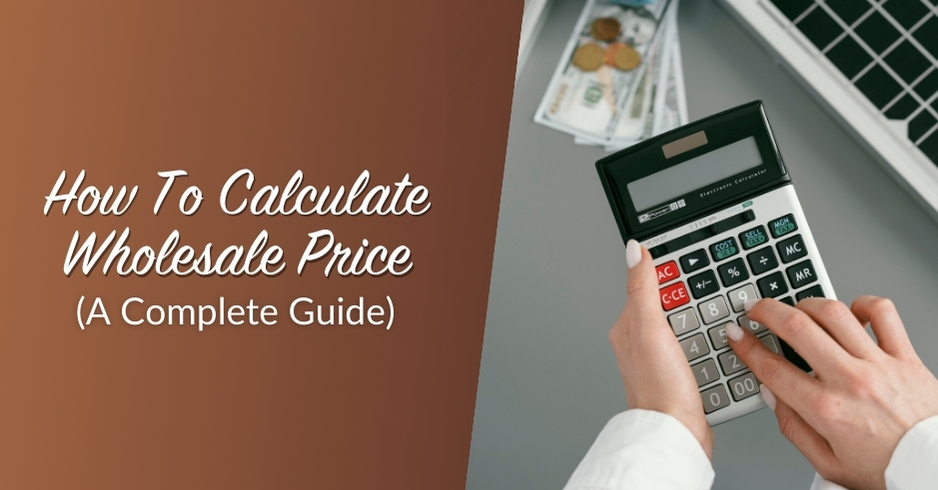
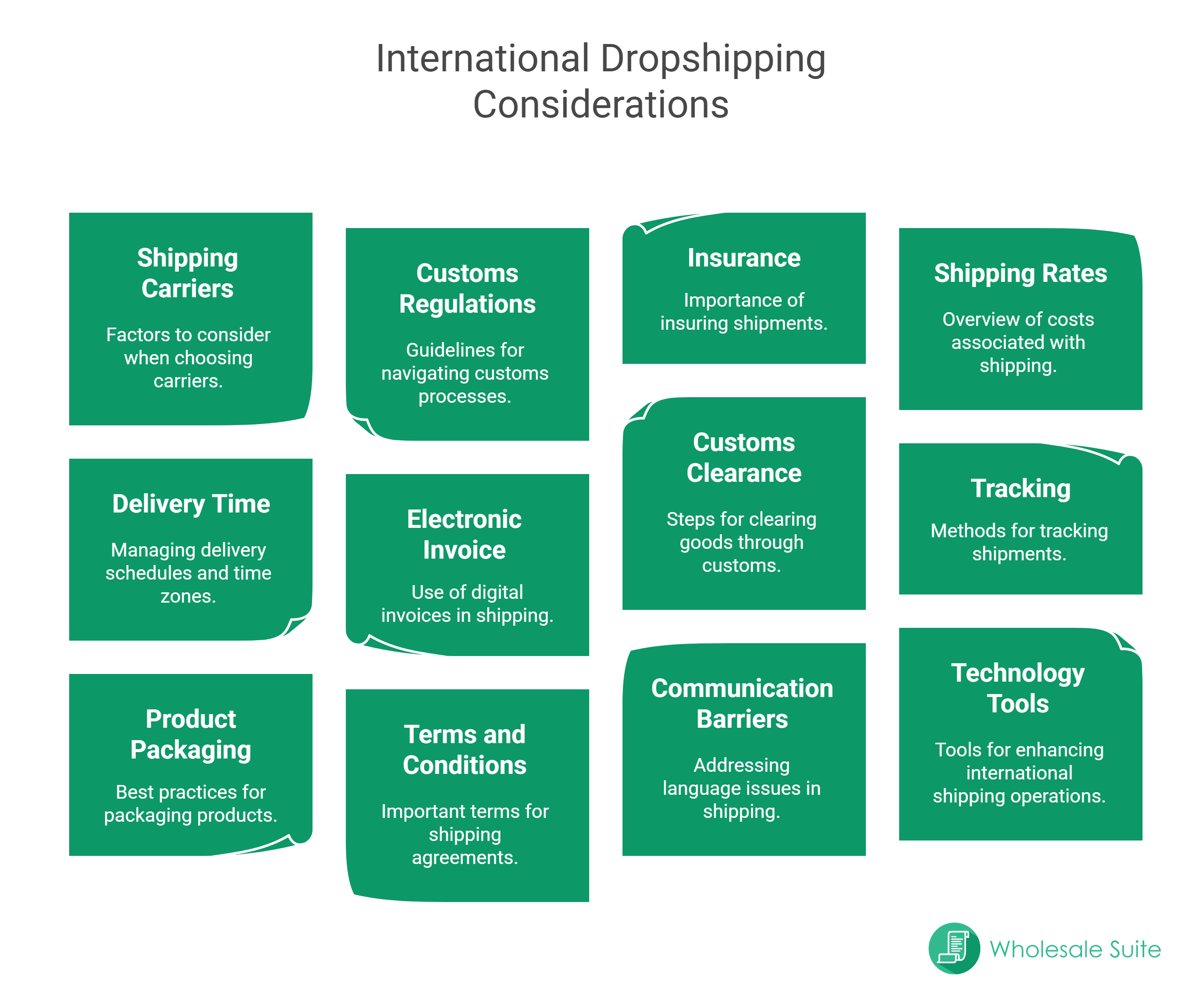
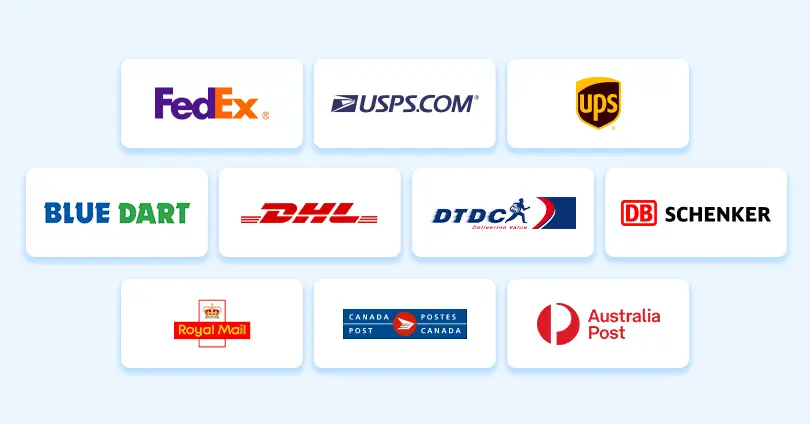

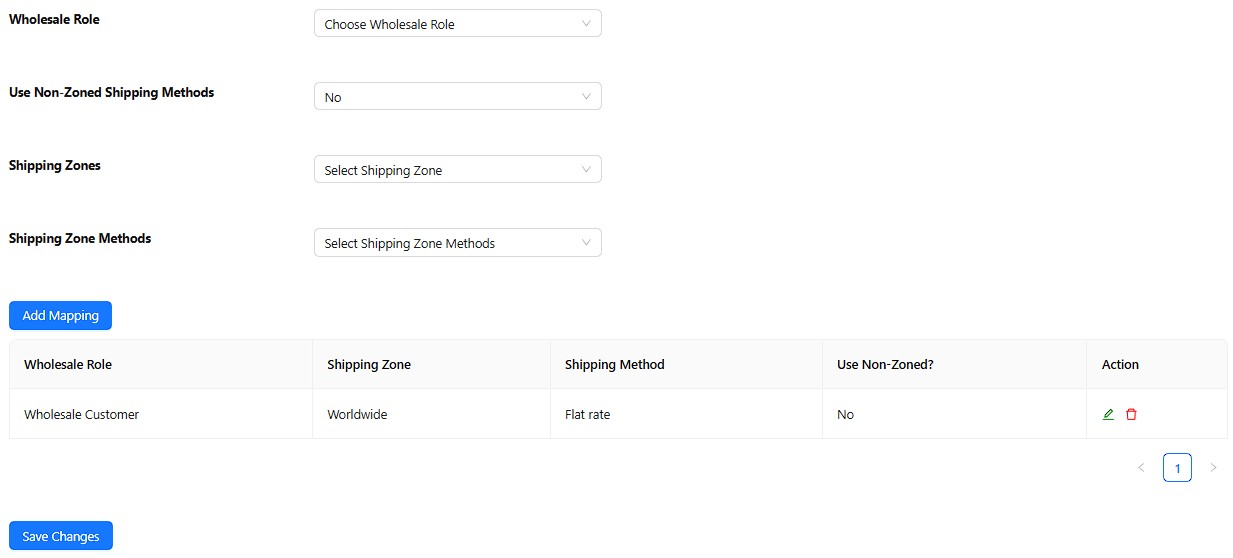
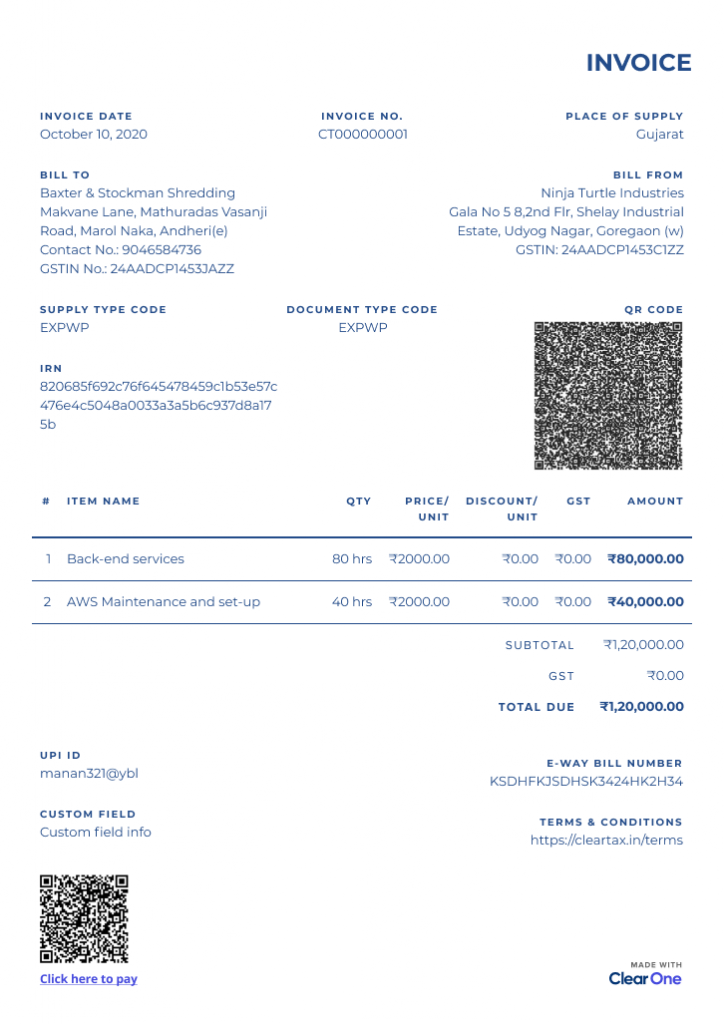




Hello. I have an ecommerce business based in CT, USA. One of my vendors is from Holland and they have
agreed to drop ship an order shipment to one of my customers in Washington State, USA. I am paying f
the wholesale cost of the items and my customer is paying retail. I am incurring the cost of
shipping on the order since I offer free shipping if the order is over a certain amount. The last time I ordered
my wholesale items from this vendor, I was charged a separate UPS customs invoice.
My question is: Will my US customer also be charged anything additional from the vendor either upon receipt or after the fact
or afterward? I want to avoid that at all costs. Thank you!!
Hi Carla,
I’m based in Australia, so I’m probably not the best person to answer this. You might need to touch base with UPS themselves or customs to find out exactly what the situation is.
Generally speaking though (and someone correct me if I’m wrong), usually the end customer doesn’t have to pay unless it’s held at customs.
Cheers,
Josh
Josh, is there a way we can connect? I too am based in Australia, have just started a couple of online ‘stores’ that are sourcing product from O/S (think China) and am only posting/shipping to Australia, because I can’t get any clear information on tax implications for posting/shipping to other countries. My products are relatively low cost 10<$50. Are there any resources that you could point my way? TIA. Mark.
Hi Mark, your accountant would be able to tell you more on this, but the source of truth for us Aussies on matters like this is always the ATO:
https://www.ato.gov.au/Business/GST/In-detail/Rules-for-specific-transactions/International-transactions/GST-and-international-freight-transport/
The two things to be aware of when importing goood from overseas into Australia, then the subsequent sale of those goods to someone overseas would be:
– Import duties (if the value of your goods exceeds $1k at the time of importing)
– Tax on shipping to overseas (from what I understand the shipping on these are GST-free, but talk to your accountant)
Hope this helps!
Thanks Josh. We aren’t registered for GST as we won’t be making $75,000 a year. Also we are ‘drop shipping’ – we actually don’t touch the product, we just place the orders through our site and have them sent to the customer. Having said that, we have only just set it all up this week, so it’s all very new to us and it just seems a little complicated. Might need to ring the ATO after all and try get some clarification. Appreciate your response though.
Hello. I have a company based in the U.S. that imports product from China. Most of the of what I purchase comes to the U.S., but I’ve recently acquired customers in India and Costa Rica. I would prefer to have my Chinese supplier ship to these new customers directly, but I seem to be having a documentation problem. I am essentially a middleman, so I don’t want my supplier to know what I’m charging my customers and I don’t want my customers to see my cost. However, my supplier needs to included a commercial invoice with his shipping documentation (showing my cost), then I send an invoice to my customer with my sell price. As the pricing shown on the two documents is inconsistent, it’s creating some difficulty with customs clearance at the destination. Shipping by ocean is less of an issue, because my customer is able my invoice to clear customs and nobody seems to care about the export documentation (and my customer never sees it). But air shipments like UPS/DHL/etc. are a bit more of a problem. Any suggestions on how to get around this? Thank you!
Hi Ron, yes it can be tricky once orders get over the threshold for customs duties in various countries. My suggestion would be to see if the supplier can print and add a copy of your invoice to the package and use those calculations. I’m not really well placed to give advice on this though, you’re best off getting on the phone and working this out with your supplier.
Hi Ron,
I am in the same situation with you! Was there anything you have done since? Any help would be appreciated. TIA, Petros
I have the same question. Would love to know if you found a solution, Ron.
My manufacturer is in China but I have a customer in New Zealand. Can I drop ship items directly from China to New Zealand without paying any duties to the US?
Hey Dan, that would be a question for your manufacturer in China and your accountant :)
Hi all the critical point of international dropshipment are duties and taxes. If you sell from Australia a product shipped from China to a costumer based in USA, you must ensure that a) the correct export value/documents are made from China b) the correct import declaration is made in USA (it will be under your Name as Seller) c) you have full track of the transaction for your tax declaration in Australia. Many dropshippers are not doing this process correctly, it is extremaly painful if you are caught, tax authorities may audit your sales back 10 years. Ideally dropshipments should be used for B2C transactions only and you have to sell DDP duties and taxes Paid so you can Keep track of the entire tax flow. I am in Switzerland. Very often when I buy online I get the product from a third country. I then have to pay import duties, taxes, processing fees etc. which at the end makes the product more expensive than buying in a Swiss store. The result is that I don’t buy on line any more :)
There are a bunch of scenarios this article does not cover. Say you are a US based distributor selling expensive machinery from Germany to customers in the US. To reduce risk you make the buyer accept ex-works terms and have them pay for freight and import. Your supplier ships with DB-Schenker. How do you have to set up the proforma invoice so that the buyer is the importer on record and not your business? Must the supplier name my business as the bill-to? Or can I use my – the sellers – invoice to the buyer for customs clearance? What are the implications of that?